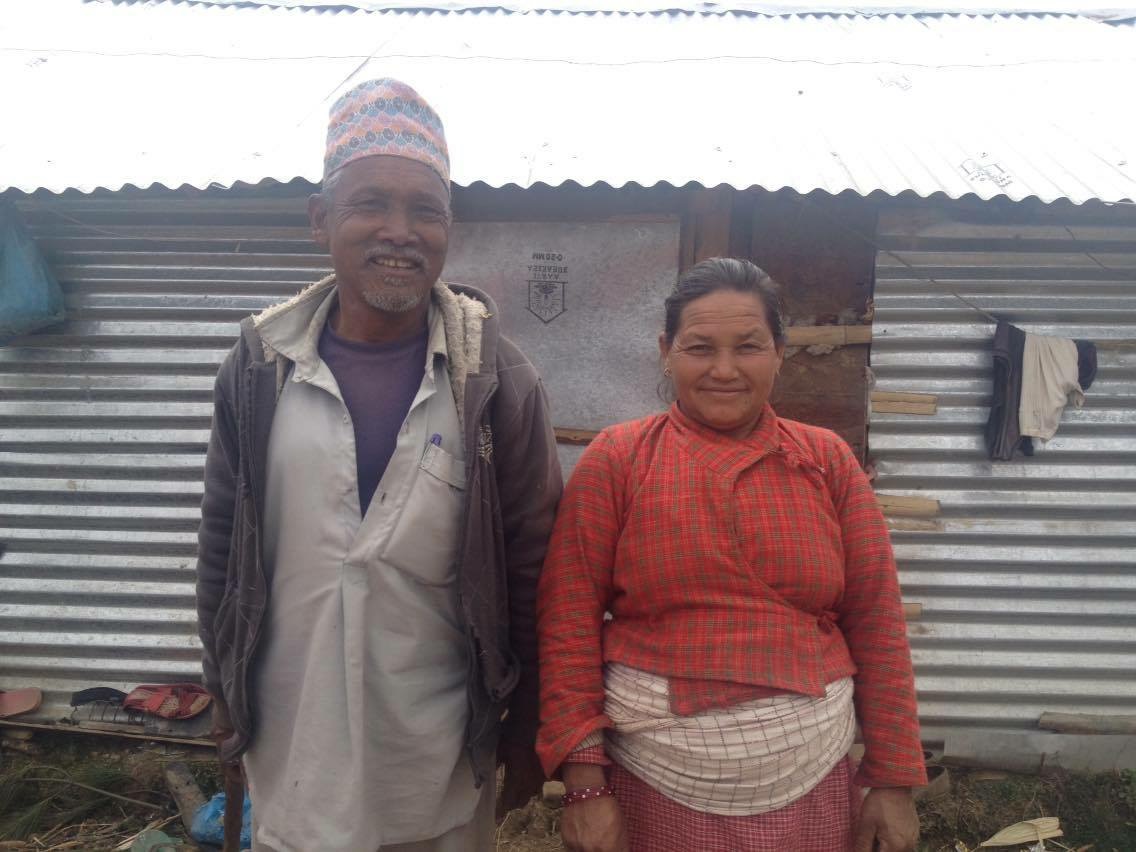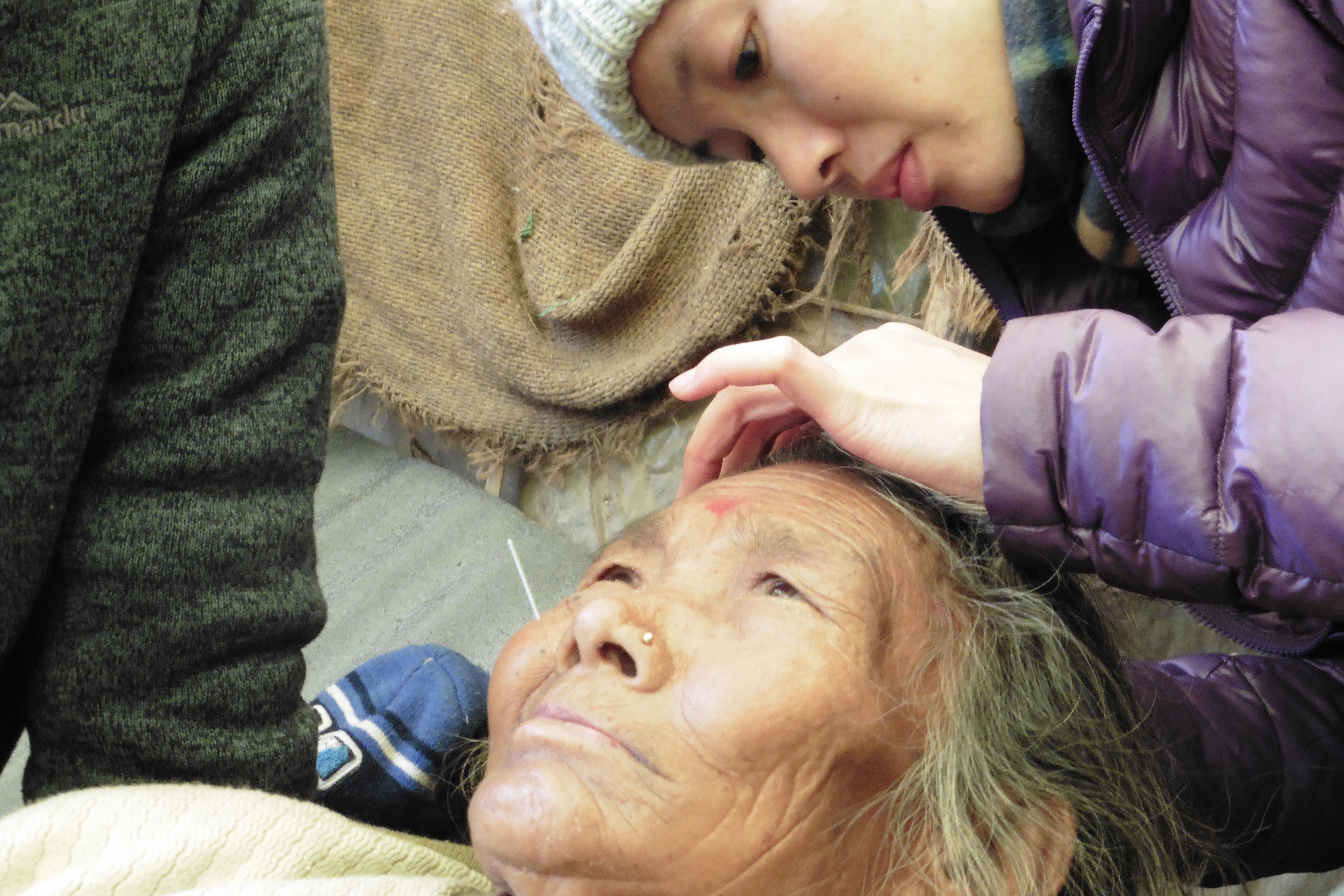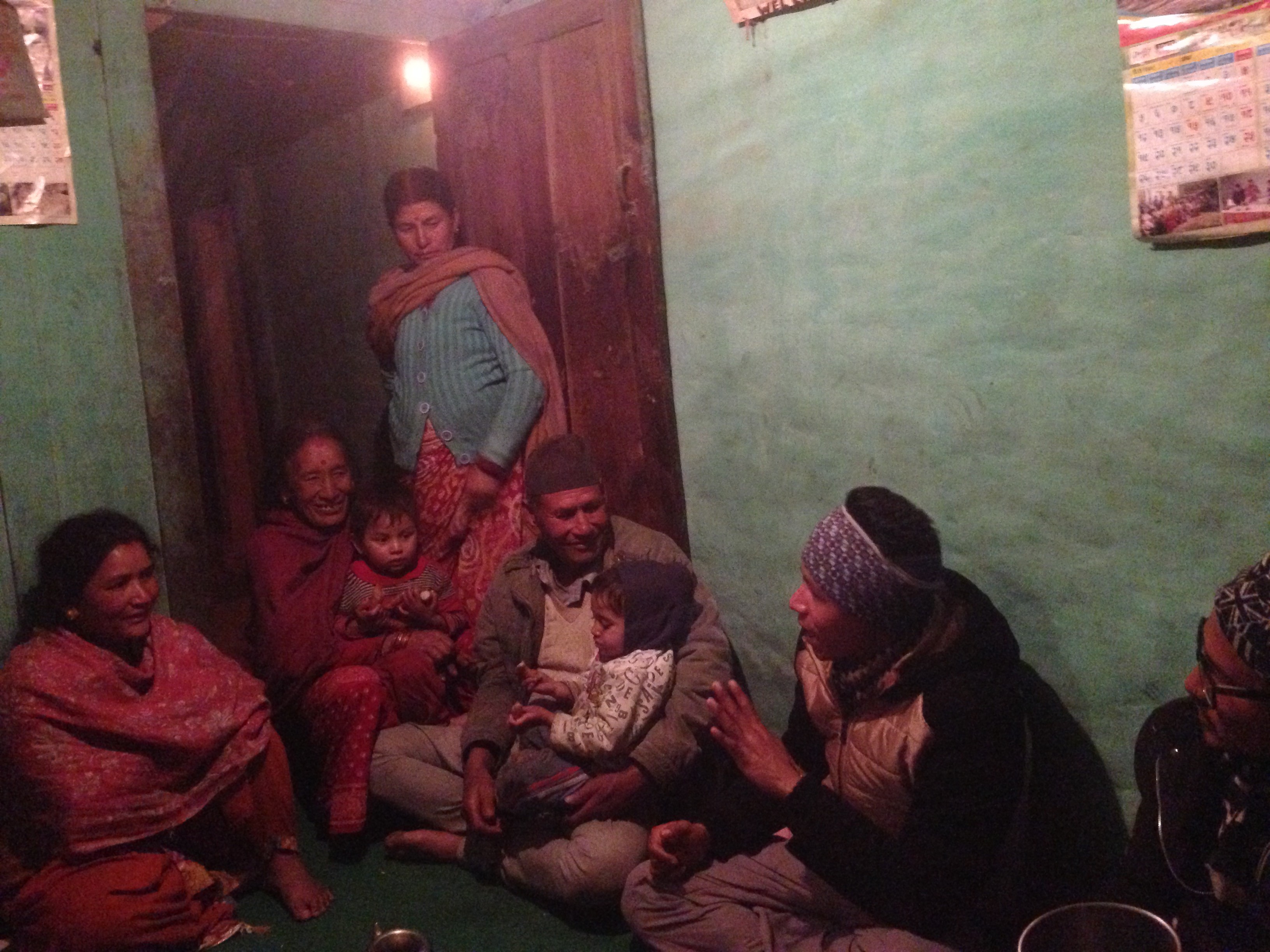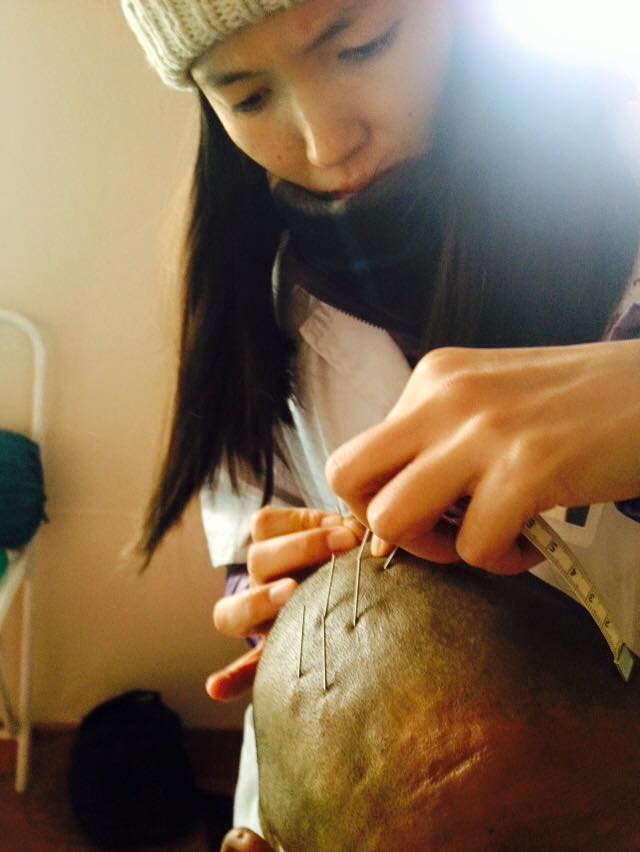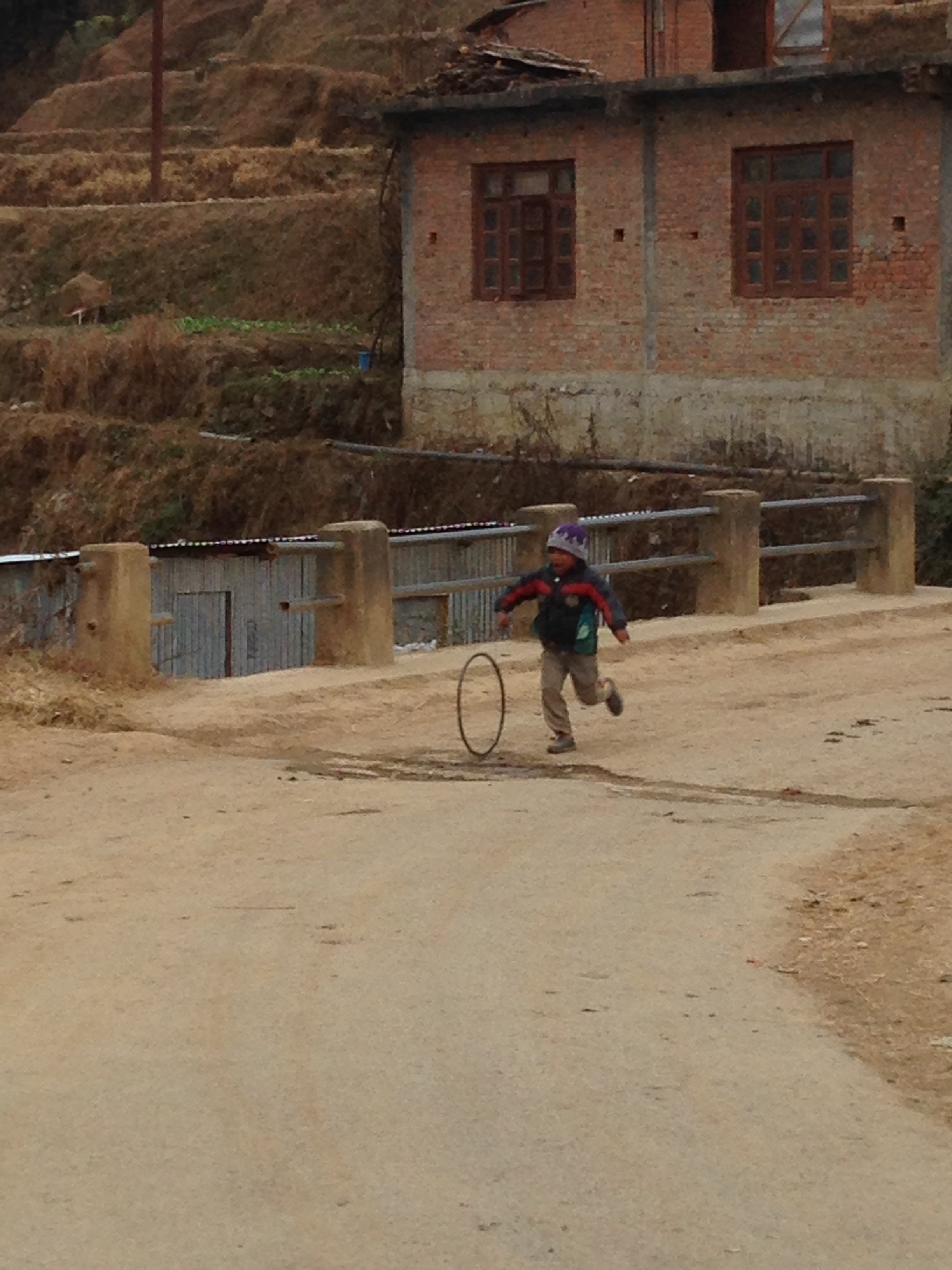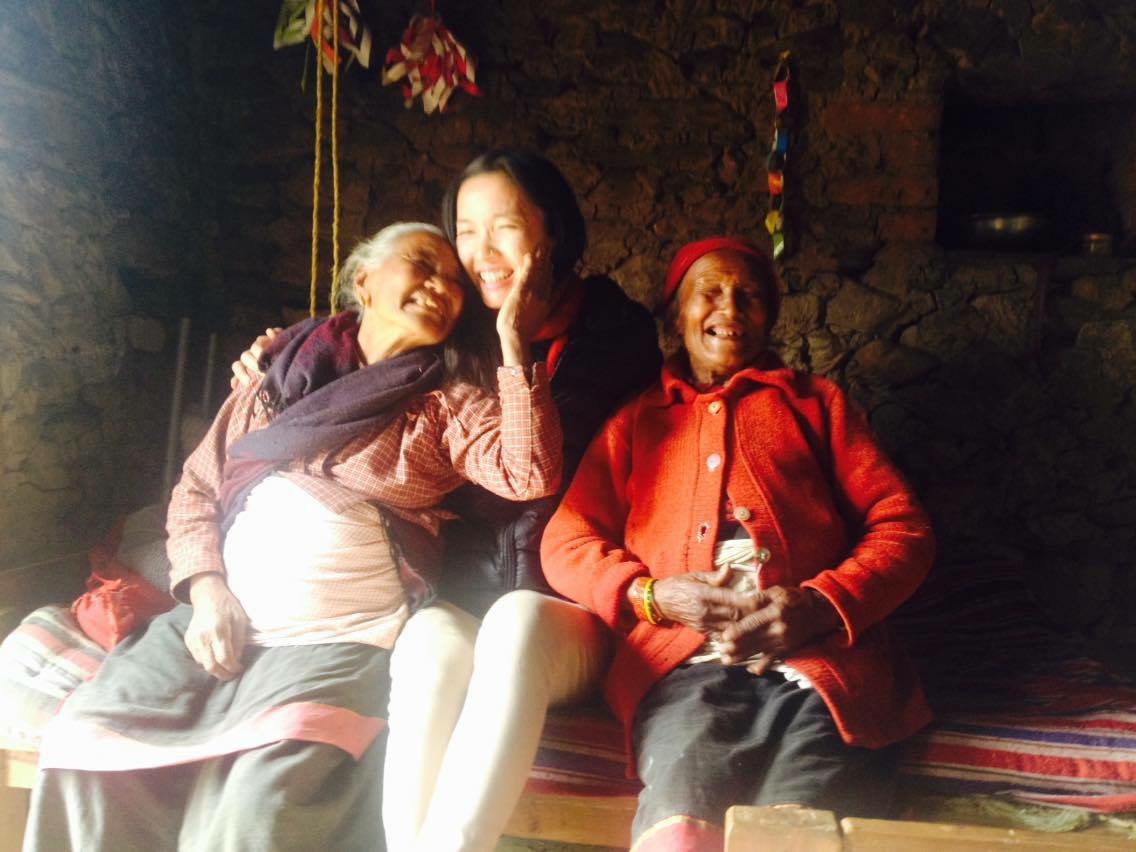There were 10 of us living in the ARP building: 5 health practitioners, 2 team leaders, 2 local coordinators and the cook. I shared a room with 3 female practitioners and I couldn’t ask for better roommates. We learnt to look out for each other in challenging living conditions. The interpreters and acupuncture students lived in another building not far from us. In the two months, we have become family.
The kitchen is my favourite place. We made sure we ate together. During our lunch break or after work, the locals such as the coordinators, interpreters, acupuncture students and the cook, would pick up the guitar and madal drum to play music and sing together. And on some evenings we would sit around camp fires and sing folk songs all night long. How I wished I knew the lyrics so I could sing along. Once I said to them that no one sings and plays music with me every evening like this in Australia, and they responded, ‘life must be so boring there’.
Knowing that I didn’t bring a hot water bottle to the village, one of our local coordinators offered his to me. Once an itchy red rash appeared on my skin and because I was the one who treated the patient with scabies, everyone suspected I had got it too. Naturally I expected that people would keep a distance from me but to my surprise some of the locals sat right next to me. When I asked one of them why he wasn’t afraid at all, he said, ‘Oh it’s just a bit of itching. If it is contagious, I can deal with the itch.’ Then he helped me make a paste to apply on the spots. I felt overwhelmed by the kindness and compassion of the Nepalese people.
The villagers were always welcoming. During our weekend hikes, the villagers would invite us for lunch or tea as we walked past their homes.
The door of a villager’s home is always open to its neighbours. On a few of our visits to patients’ homes, neighbours just walked in and sat down to join our conversation. Although one patient and his wife are only living in a temporarily built tin shed as his house was damaged by the earthquake last year, he still has a spare bed incase by-passers from other villages need to stay overnight.
There was a 75 year old woman who recently had a stroke and became hemiplegic. As she lives about 45 mins from our clinic and up terraced fields and steep hills, it was very difficult for her family to bring her to see us. So we decided to see her at her home. I was very touched seeing how her husband, sons and daughter in law looked after her. Made me reflect that I must not forget to show gratitude to those who raised me as ageing without love can be very lonely. I remember clearly on our second visit, though she couldn’t move the left side of her body, she still asked us, ‘have you had tea? Would you like to stay for lunch?’
The villagers have a deep sense of gratitude. In return for our services, we were given bags of vegetables or homemade popcorn. Towards the end, we were even offered marriage proposals. But that’s another story. =) One of my patients who still lives in a tent as her home was destroyed in last year’s earthquake, wanted to cook me a pumpkin dish. Seeing that she was struggling herself to make ends meet, I asked her to please keep the pumpkin for herself. But she insisted, saying that we looked after her better than her parents and that was the least she could do for us. These people still give even though they don’t have much, to me they have everything.
There is a strong sense of community and neighborhood in the villages of Nepal. In the first world, the prevailing culture is that of separation. I am me, and you are you. We are focused on protecting our privacy, protecting our comfort, thinking always of ‘what is in it for me?’ We have lost the heart to heart connection, the spirit of contribution without expectation of anything in return. When was the last time we called or visited our parents? How well do we know our neighbours? Though technology has advanced at lightning speed over the last few decades, our spiritual evolution has not caught up at the same pace. We can communicate these days without even seeing or hearing the other person, but does it make us happier? Does it make us better human beings?




